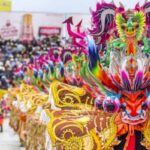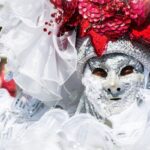We explain what folk dances are, their elements, characteristics and various examples. Also, other types of dance.
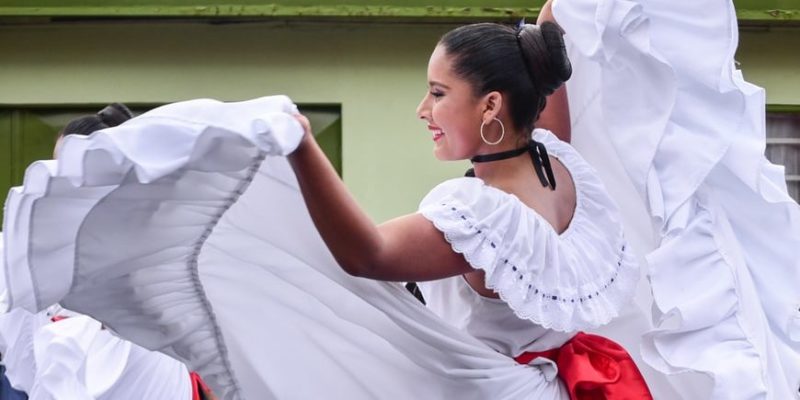
What are folk dances?
Folkloric dance, folk dance or typical dance is a type of social dance, often practiced in groups, that is part of the heritage or tradition of a society or culture. The term comes from the English word folklore and means “popular wisdom.”
These traditional dances, linked to the identity of the people they express part of their imagination or their traditions through costumes, choreographies or the dates of the year that they commemorate or celebrate.
Folk dances are usually a spectacle of a social nature, of cultural and even tourist importance. They involve some level of preparation and usually occur within the framework of patron saint holidays, national celebrations or some type of jubilee. They should not be confused with ceremonial or ethnic dances, which are associated with tribal rites.
Typical dances are, like all folklore, a dynamic and living expression subject to events and transformations that occur spontaneously within a culture. For this reason, it is common to see variants and reinterpretations that from time to time incorporate new elements and update traditional dances.
- See also: Popular art
Characteristics of folk dances
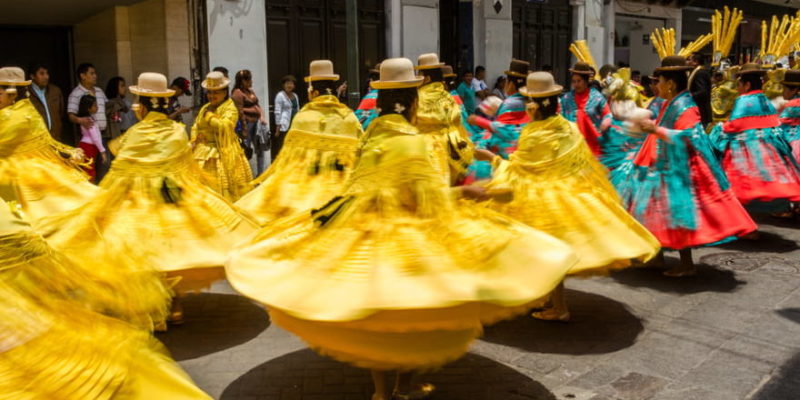
In general terms, folk dances are characterized by the following:
- are practical traditional. They are born and develop their aesthetic and symbolic principles within communities or societies, and are transmitted from generation to generation in a practical or oral way.
- are forms of social expression. They usually take place within the framework of parties, celebrations and events that are significant for an entire community, which shares the knowledge of the gestures, symbols and knowledge that dance implies.
- preserve the values and traditions of a social group. The elements involved in these dances are usually codified and loaded with specific meanings, linked to the history of the community to which they belong.
- usually use traditional instruments. The music that accompanies folk dances is generally performed with typical, local or regional instruments.
- have a distinctive wardrobe. The costumes displayed in folk dances are usually specific and determined by the traditions that frame the dance and the cultural identity of the place.
- It may help you: Artistic manifestation
Elements of folk dances

Folk dances generally require the following elements:
- Dancers. They are participants trained in dance techniques, which can be performed in pairs, alone or in a group.
- Outfit. It is the typical or ceremonial attire that dancers usually wear and that links them to historical moments or traditional values.
- Music. It is the musical accompaniment that frames the dance. It is usually performed with instruments whose manufacture or execution involves traditional knowledge specific to the place.
- Traditions. All folk dance is part of a local tradition and belongs to a specific community, which finds in it an element of its identity. For this reason, many folk dances are converted into national symbols by the States.
Examples of folk dance
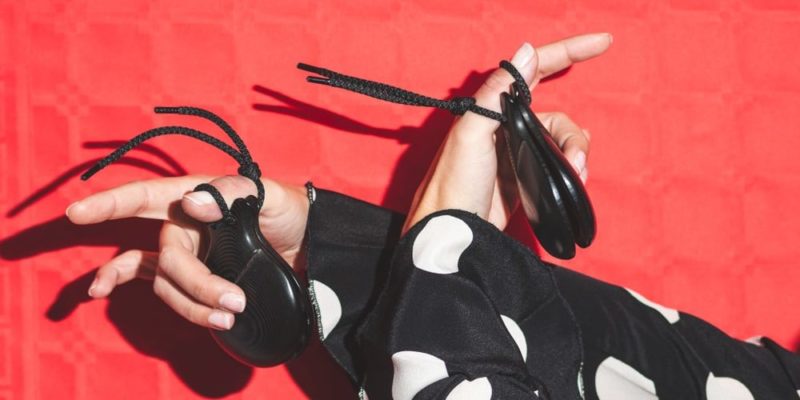
Some examples of folk dances are:
- Andean carnival. It is a typical dance from the northern regions of Argentina and is linked to pre-Hispanic Andean traditions. It has variants in other countries, such as Colombia, Chile and Peru. It is accompanied by quena, charango, erke and bombo music. It is performed with simple movements, in pairs or in a group, around musicians placed in a row and directed by a person who is usually with a banner or pennant, or dressed as a dancing devil.
- Andalusian flamenco. It is a typical dance from the Spanish regions of Andalusia, Extremadura and Murcia. It links singing, playing and dancing through complex performances, which usually vary depending on the place. The typical clothing is more iconic for women: long dresses, special high heels that resonate on the floor when dancing, and castanets.
- bohemian polka. It is a dance originating from the current Czech Republic. It became popular in Prague around 1835 and spread throughout the world. It came to originate distinctive variants in countries such as Paraguay, Uruguay, Nicaragua and Mexico. It has a regular 2/4 time signature and fast tempo, and is danced with lateral steps, jumps and fast movements.
- Joropo. It is a dance typical of the plains of Venezuela, where it is considered a national dance, although it is also practiced in some regions of Colombia. It manifests itself differently in each place and is performed through choreography in couples, usually dressed in traditional clothing. The music that accompanies it has the same name and is played with harp, cuatro and maracas.
- Mexican Huapango. It is a dance practiced in the states of Puebla, Veracruz, San Luis Potosí and Hidalgo. It has particular characteristics depending on the region, but in general it is danced on a wooden platform, with the typical Jarocho dresses, similar to those of other Latin American dances of colonial origin. It is accompanied by violin music and two different types of guitar: the jarana and the huapanguera.
- Yucatecan revelry. It is a typical Mexican dance from the Yucatan Peninsula, where the Mesoamerican civilizations were settled. It is performed in pairs, holding a scarf over the head and wearing typical clothing: the female huipil and the male guayabera.
Other types of dance
In addition to folkloric dances, there are other types of dances, including:
- classical dance. Also known as ballet, it is a type of dance that emerged in the Renaissance and became popular among European courts between the 16th and 19th centuries. It is danced according to a very specific choreography and with special clothing that consists of pointe shoes, short tulle skirts (tutus) and tights.
- Modern and contemporary dance. It is a very diverse movement that emerged in the United States and Europe at the beginning of the 20th century, from a reaction against the rigidity of classical dance. This disruptive movement gave rise, after the Second World War, to contemporary dance, which incorporates a greater fusion of styles and has a more experimental character.
- urban dance. It covers all practices that take place in urban environments such as streets, youth parties or public spaces. Unlike folk dances, whose objective is to preserve traditions over time, urban dances evolve very quickly, as they are a product of the fashion trends of their moment.
document.addEventListener(“DOMContentLoaded”, (e) => {
var sliderContainer, slider;
sliderContainer = document.getElementById(‘block_1d232f12092b7469f13d5431fae959a5’);
if (typeof initSlider !== ‘function’) {
console.log(‘Swiper haven\’t been loaded’);
sliderContainer.className += ‘ fw scroll-snap’;
return;
};
options = {
direction: ‘horizontal’,
speed: 1000,
slidesPerView: ‘auto’,
// slidesPerGroup: 1,
centerInsufficientSlides: true,
// centeredSlides:true,
spaceBetween: 15,
breakpoints: {
720: {
// centeredSlides: false,
// slidesPerGroup: 2,
spaceBetween: 25
},
},
pagination: {
el: ‘.swiper-pagination’,
type: ‘bullets’,
clickable: true
},
}
slider = initSlider(sliderContainer, options);
})
References
- Kealiinohomoku, J.W. (2024). Folk Dance. Encyclopedia Britannica. https://www.britannica.com/
- Sims, M., & Stephens, M. (2005). Living Folklore. An Introduction to the Study of People and Their Traditions. Utah State University Press.
- National Pedagogical University. (2020). What do we call folk dance?. https://web.archive.org/


